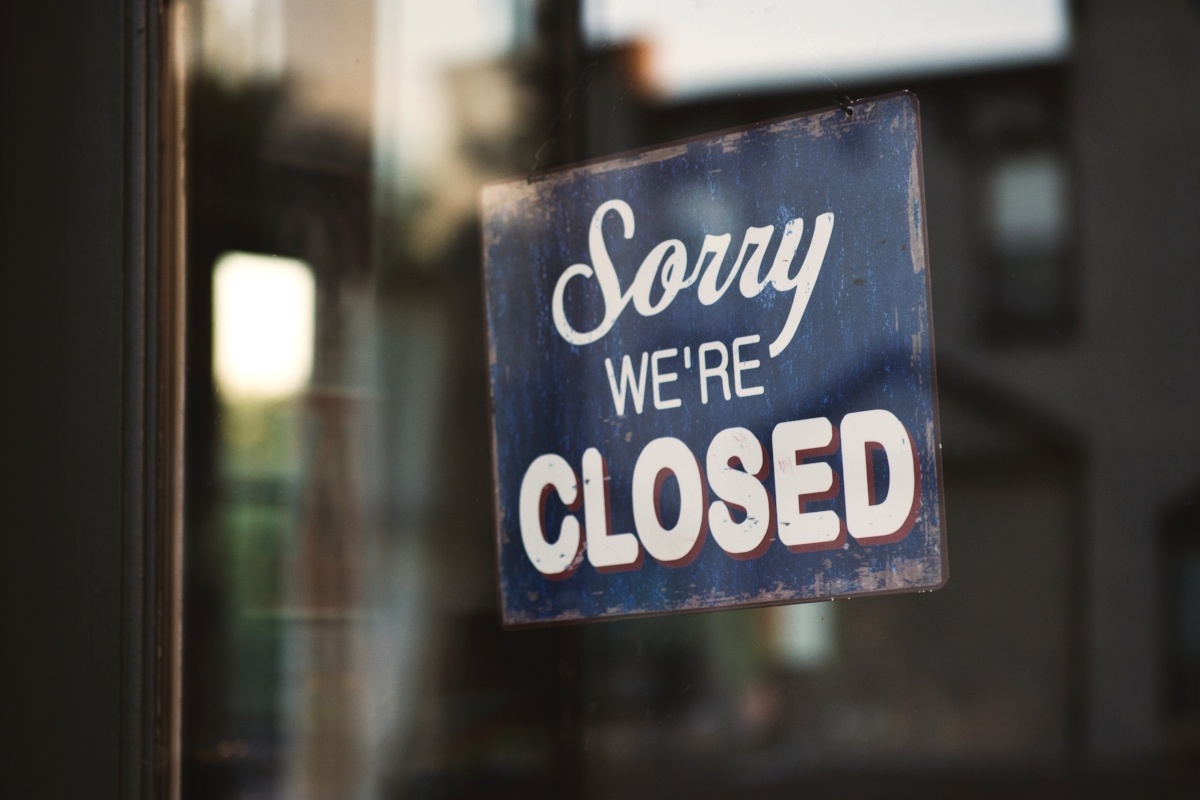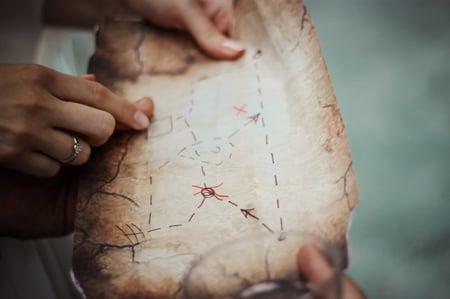Mar 23, 2018 8:00:00 AM

What do Claire's, Maplin and Toys R Us all have in common, other than going into administration?
All 3 used to be the go-to place if you were:
- An 11 year old looking for jewellery
- A university student looking for a laptop
- A parent on a Christmas shopping spree
People still shop for cheap jewellery, laptops and toys for their kids. So what happened?
Who's to blame for these massive icons of shopping going under?
Brexit, Amazon, inflation, and the death of the American shopping mall.
These are a few of the culprits blamed by retail execs in recent months.
Funny thing is, these are all external factors beyond a retailer's control. If we're to believe this, it means that nothing could have been done to save Claire's, Maplin and Toys R Us.
Coincidence? We think not.
Here's the real reason: none of these retailers had a defining in-store experience. Here's why.
Stepping inside their stores wasn't exactly an aesthetic experience.
Shopping in Claire's was a hot mess of pink feathers and racks of cheap jewellery.
Stepping inside a Maplin was just ...meh.
Even looking at a Toys R Us from the outside makes us feel stressed.
If a store looks like it's going bankrupt, it probably is.
Wait, maybe we're being a little too harsh here. Having nice looking stores isn't everything - as long as there's something to make up for it.
Take TJ Maxx. Venturing inside can sometimes feel like starting a treasure hunt.

"Hey look I found the kitchen aisle and the woks are all £10!"
If you're going to make the conscious decision to have no VM strategy, you'll need a rock solid reason for shoppers to set foot in your store. But ultimately, the effort is worth it for that designer item at half the original price.
Which is another thing our unfortunate trio never had.
They had no good reason to set foot in a store.
The differentiation model used by each retailer worked perfectly - for a while. The logic behind it went something like this:
Maplin: We have ALL the things.
Toys R Us: If you come inside you'll probably find what you're looking for because our store is massive and jammed full of products.
Claire's: If you buy something here it will probably be affordable.
Where else can shoppers find this level of convenience but with none of the physical effort of pushing a shopping cart and all the comfort of their own sofa?
Amazon.
Variety and price can be found online. They don't make for a good shopping experience if that's all you have going on.
Online shopping didn't exactly sneak up on us either. It's been around since the late 90s.
That's 2 decades that could have been used thinking up better reasons to shop in-store.
And speaking of wasted time:
They had years to read their changing customer base and differentiate themselves as brands, but didn't.
How many millennials got their ears pierced and spent their pocket money on butterfly hair clips and mood rings within the fluffy pink confines of a Claire's store?
Claire's knew their preteen audience so well. But they couldn't read the room when that audience changed.
Preteens today are Generation Z, who are much cooler than millennials ever were or will be.
Gen Z isn't hanging around shopping malls with their friends like most of us grew up doing. They're shopping around on Instagram deciding what their next purchase will be.

Generation Z doesn't want cheap and plentiful.
They want the whole experience. They want to feel important.
And so do the rest of us. That's how brick and mortar retail has changed. We all want a shopping experience that makes us feel unique and valued.
Back in the day, you'd stop by a Maplin if you needed a new HDMI cable.
Now you can order a high quality one instantly, through the magic of the internet.
So what kind of person would want to shop in-store for things they don't need to test or try on?
Tech enthusiasts. Your aunt who doesn't understand how to set up a WiFi router and keeps calling you about it every weekend.
Maybe these 2 demographics were the big opportunity that Maplin missed. Maybe advanced product knowledge and personalised help for technologically clueless people would have helped them stay afloat.
Same thing with Toys R Us - some parents might genuinely enjoy shopping in a massive warehouse setting with tons of variety and tons of other parents and kids all looking for the same thing.
But most likely, parents will do their shopping around online. They're going to want a shopping experience that's less stressful and tailored to what their child wants.
Innovating isn't as difficult as it sounds. It starts with a simple understanding of what your target demographic wants and how they behave. These changes are gradual and happen over years, not overnight.
If retailers are content to rest on their laurels because their key differentiator worked just fine in 1995, their days are numbered.
Sure, we're all going to miss cheap ear piercings and mood rings. 3 brands we knew and loved have gone under.
But the retail apocalypse isn't to blame here. Maybe it's just a term coined by those who are easily phased by a challenge.
---
Retail has changed since the nineties, when variety and price were enough to get by. Customers need a perfect in-store experience every time, or they'll go elsewhere. We'd love to show you how - just request a free personalized demo below.
You may also like
Search the blog
Subscribe to our Blog
Posts by Topics
- Retail (132)
- Employee experience (91)
- News & Trends (68)
- Training & learning (68)
- Operations (62)
- Employee engagement (45)
- Communications (31)
- Customer experience (22)
- Restaurants (20)
- Marketoonist (10)
- case study (10)
- What's new (3)
- AI (2)
- Grocery retail (2)
- YOOBIC team interview (2)
- Loss Prevention (1)
















